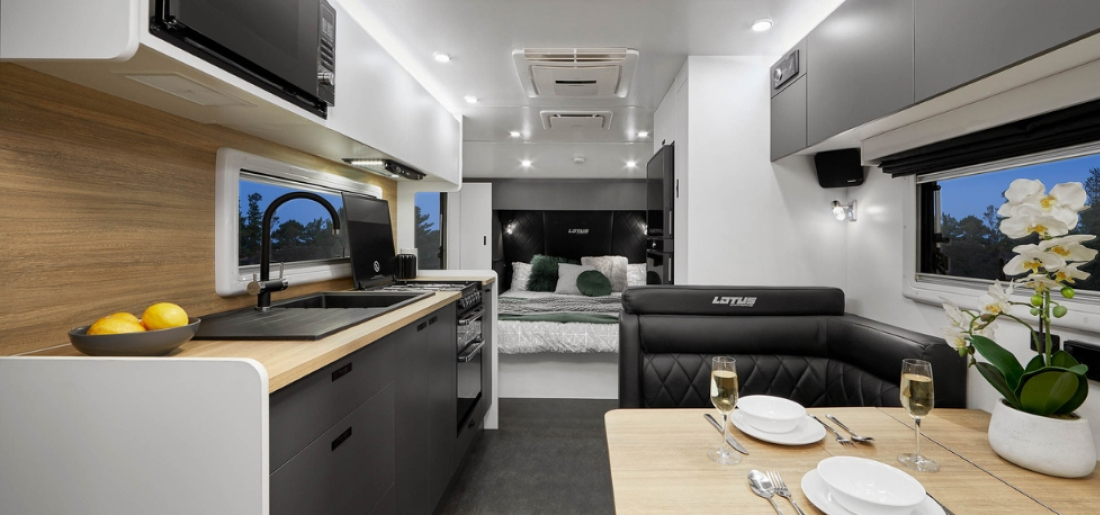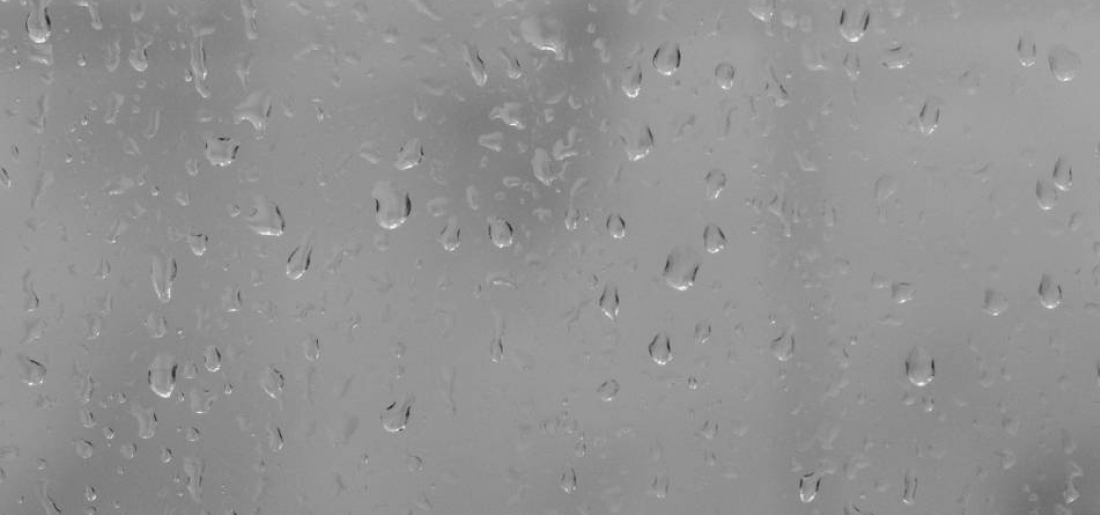A GUIDE TO CONDENSATION IN YOUR CARAVAN
If you’re a proud owner of a caravan, you know that it’s your home on wheels. Just like any home, it’s important to maintain it and keep it free from issues that can cause discomfort or damage. One common issue that many caravan owners face is condensation. In this guide, we’ll explain what condensation is, its causes, and provide some tips and tricks to help prevent and manage it in your caravan.
Condensation is the process of water droplets forming on a surface due to the difference in temperature between the air and the surface. It’s a common issue in caravans due to the enclosed space, lack of ventilation, and fluctuations in temperature.
When condensation forms in your caravan, it can cause damage to the interior and lead to mould and mildew growth. In addition, it can make your living space uncomfortable and lead to health issues. In this guide, we’ll provide you with the knowledge you need to identify and manage condensation in your caravan.

Causes of Condensation
The common causes of condensation in caravans are humidity, temperature, and ventilation. Humidity is the amount of moisture in the air, and it can increase due to various reasons such as cooking, washing, and even breathing. Temperature plays a significant role in the formation of condensation because the warmer the air, the more moisture it can hold. Ventilation is also important to consider because it helps to circulate air and reduce the level of humidity inside the caravan.
Weather conditions and usage patterns can also contribute to the formation of condensation. Cold temperatures outside can cause condensation to form on the windows and walls, while warm temperatures inside can cause it to form on the roof. In addition, using gas appliances, taking hot showers, and boiling water can increase the humidity inside the caravan, leading to condensation.
Identifying Condensation in Your Caravan
The signs of condensation in a caravan are easy to spot. Water droplets on the windows, walls, and ceilings are a clear indication that condensation is present. You may also notice a musty smell or feel dampness in the air. If left unmanaged, condensation can lead to mold and mildew growth, which can cause health problems such as respiratory issues and allergies.
Tips for Preventing and Managing Condensation in Your Caravan
Despite your best efforts, condensation may still occur in your caravan. However, there are several steps you can take to reduce its occurrence and manage it effectively.
Keep the temperature regulated:
It’s recommended to keep the caravan partially heated, particularly in colder weather. The temperature should be kept around 20°C when occupied, and it’s better to have a small amount of heat for a long period than a lot of heat for a short time. Even with reasonable ventilation, if the temperature is less than 5°C and the humidity is high, condensation is likely to occur.
Proper ventilation is key:
Ensure that the caravan has adequate ventilation to allow moisture to escape. Open windows and vents when possible, and use extractor fans when cooking or showering. When using the shower, keep the door shut to avoid steam entering the rest of the caravan. Open or switch on the ventilation immediately afterward and wipe the walls down.
Avoid drying laundry inside:
Drying laundry inside the caravan is a common cause of condensation. Instead, dry towels and swimming costumes outside if possible.
Wipe down surfaces regularly:
To prevent condensation and minimize the risk of mould growth, wipe down all surfaces regularly. When storing the caravan, make sure to wipe down all surfaces and ensure that there is no water left in the bath/shower room and toilet.
Condensation in Caravan Cupboards
Condensation can often build up inside the cupboards of a caravan due to a lack of ventilation and insulation. This can lead to the growth of mould and mildew, which can cause health problems and damage to your belongings. To prevent this, ensure that all cupboards are well-ventilated and check regularly for any signs of moisture buildup. You can also use a dehumidifier or moisture absorber to reduce the humidity inside the cupboard.
Build Your Own Caravan Today
If you’re in the market for a caravan and want to ensure that it’s built to the highest standards of quality and durability, consider building your own caravan with Lotus Caravans. Our caravan selector tool makes it easy to customize your caravan to your exact specifications, including the level of insulation and ventilation. With Lotus Caravans, you can enjoy peace of mind knowing that your caravan is built to last and keep you comfortable in all weather conditions.
Conclusion
Condensation in caravans can be a frustrating and potentially dangerous problem, but with the right knowledge and preventative measures, it can be managed effectively. By following the tips outlined in this guide, you can keep your caravan dry and comfortable, even in humid or damp conditions. Remember to regularly check for signs of moisture buildup and take action to address it before it becomes a larger issue. With proper care and maintenance, your caravan can provide you with years of enjoyable travel and adventure.




